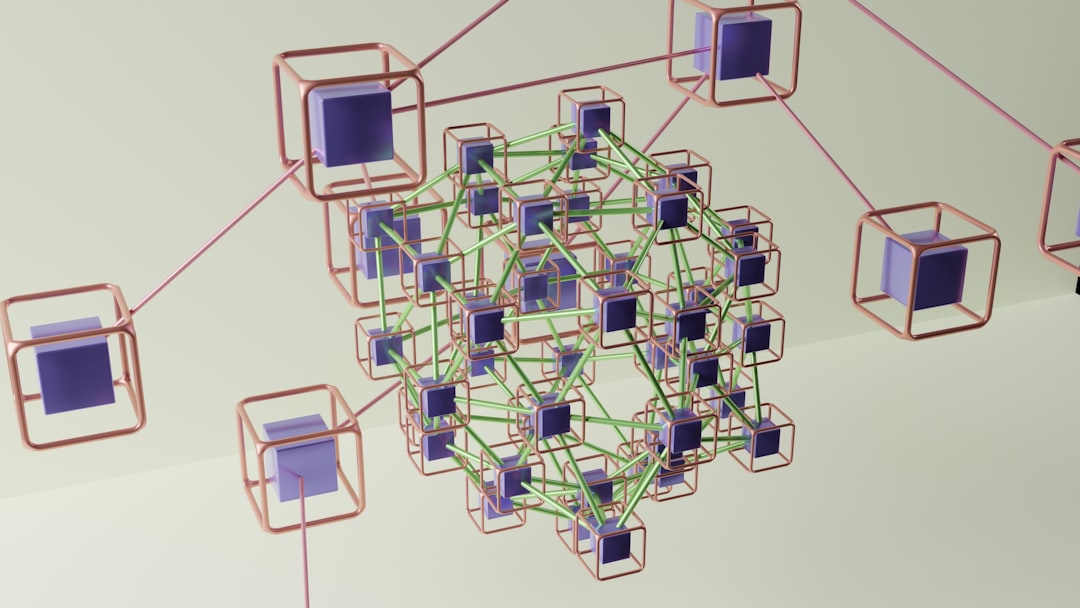
Network Optimization Strategies for Improved Posture and IoT Efficiency
In the rapidly evolving landscape of technology, network optimization strategies are critical for enhancing both posture and IoT efficiency. As devices become increasingly interconnected, ensuring that networks can handle this complexity without compromising performance is paramount. This article explores effective strategies to optimize networks, improve security posture, and boost IoT efficiency.
Understanding Network Optimization
Network optimization refers to the process of configuring a network to maximize performance and minimize latency. This is particularly vital in IoT environments where numerous devices communicate simultaneously. Key elements of network optimization include bandwidth management, latency reduction, and seamless data transfer.
Importance of Improved Network Posture
Network posture refers to the overall security and operational state of a network. A strong network posture protects sensitive data from unauthorized access and cyber threats. As IoT devices proliferate, they become attractive targets for cybercriminals. Therefore, implementing effective network optimization strategies is essential for maintaining a robust security posture.
Strategies for Network Optimization
1. Bandwidth Management
Efficient bandwidth management helps allocate network resources more effectively. By prioritizing critical applications and devices, you can ensure that essential IoT functionalities receive the necessary bandwidth. Techniques such as traffic shaping and Quality of Service (QoS) can help in managing bandwidth effectively.
2. Edge Computing
Edge computing reduces latency by processing data closer to the source, rather than sending it back to a centralized data center. This is particularly beneficial for IoT devices that require real-time processing. By optimizing data handling at the edge, organizations can significantly improve response times and reduce the load on the core network.
3. Load Balancing
Distributing network traffic across multiple servers or devices can prevent any single point from becoming overwhelmed. Load balancing not only enhances performance but also increases reliability and redundancy, which is crucial for maintaining service continuity in IoT applications.
4. Utilizing Software-Defined Networking (SDN)
SDN allows for more dynamic and efficient network management. By separating the control plane from the data plane, network administrators can configure and manage network resources more flexibly. This adaptability is especially beneficial for IoT networks, which often require frequent adjustments based on changing demands.
5. Implementing Network Segmentation
Network segmentation involves dividing a larger network into smaller, manageable sections. This strategy enhances security by isolating sensitive data and devices from potential threats. For IoT environments, segmenting networks based on device types and functions can significantly improve both security posture and performance.
6. Regular Monitoring and Analytics
Continuous network monitoring is crucial for identifying bottlenecks and potential security threats. By leveraging analytics, organizations can gain insights into traffic patterns and device behaviors, enabling proactive optimization. Tools such as network performance monitoring (NPM) solutions provide valuable data to refine optimization strategies.
Emerging Trends in Network Optimization
As technology progresses, several emerging trends are shaping the future of network optimization:
- 5G Technology: The rollout of 5G networks offers unprecedented speeds and lower latency, which will enhance IoT connectivity and performance.
- Artificial Intelligence (AI): AI-driven network management tools can automate optimization processes, identifying issues faster and implementing solutions in real-time.
- Blockchain for Security: Utilizing blockchain technology can enhance security by providing a decentralized method of verifying transactions and device communications.
Case Studies
Several organizations are leading the way in implementing network optimization strategies. For instance, a large manufacturing firm integrated edge computing and SDN to streamline its operational processes, resulting in a significant reduction in latency and improved data throughput across its IoT devices.
Expert Opinions
According to technology expert Jane Doe, “Investing in network optimization not only secures IoT environments but also maximizes operational efficiency. The right strategies can transform how organizations leverage their connected devices.”
Conclusion
Adopting effective network optimization strategies is essential for improving both posture and IoT efficiency. By implementing bandwidth management, edge computing, load balancing, SDN, network segmentation, and continuous monitoring, organizations can create a robust network capable of supporting the demands of an increasingly interconnected world.
For further reading on network optimization and IoT efficiency, consider exploring resources such as:
- Network Performance Monitoring: Best Practices
- Understanding Software-Defined Networking
- The Role of Edge Computing in IoT
Stay informed about the latest trends in technology and network optimization. Share this article with peers and join the conversation on how to enhance your network’s efficiency and security posture!


